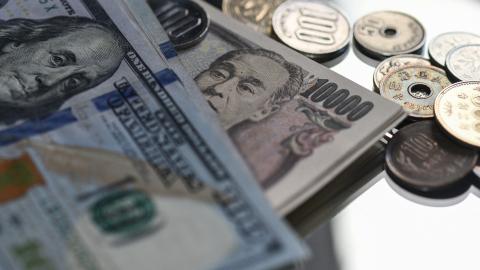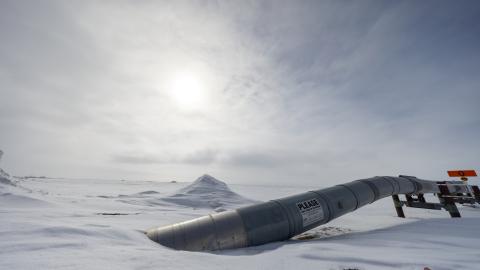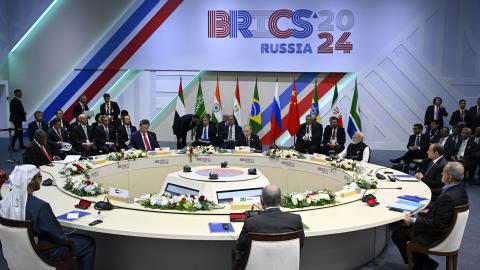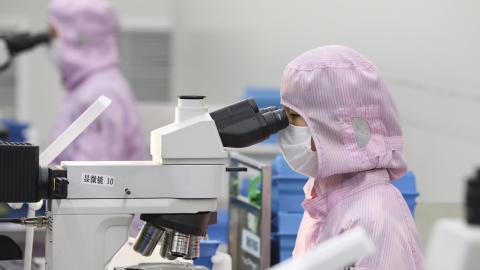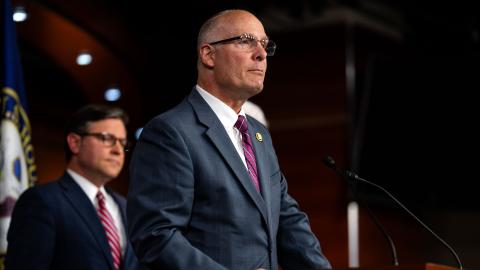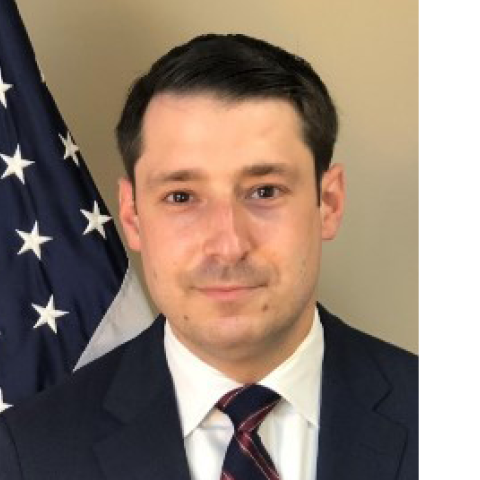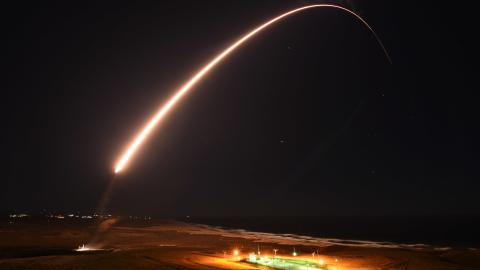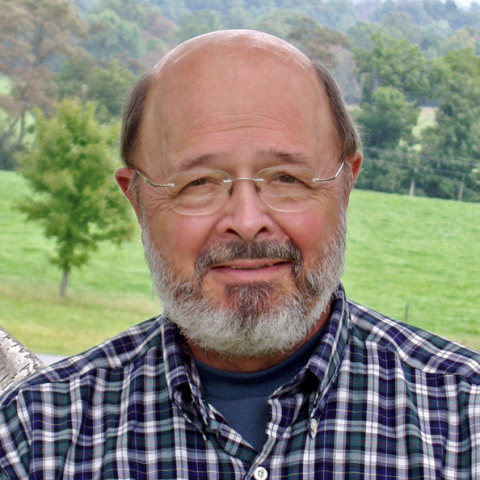The U.S. Department of Agriculture will test far more cattle for “mad cow disease” next year—more than 250,000 animals at a public cost of $70 million.
Will that make our beef safer? Probably not. Our beef is already safe. The $70 million is being spent to placate nervous consumers.
Meanwhile, organic farmers and the Japanese claim the additional testing is not enough. They say American beef is still dangerous. However, both the organics and the Japanese are trying to justify ridiculous price premiums on their own beef by fostering “mad cow” fears.
The claim that organic cows don’t have Bovine Spongiform Encephalopathy (BSE) has long been proven false. One of the first British cases of “mad cow” was found on an organic dairy farm. Germany’s first confirmed case of “mad cow” in 2001 was detected at a slaughterhouse processing only organic cattle.
The notion that organic meat is “mad-cow free” is just as wrong-headed as the myth that organic food is pesticide-free. The pesticide reality is that organic farmers use more chemical poison per pound of food produced than conventional farmers, and the organic pesticides are toxins such as copper sulfate, rotenone and pyrethrum. But they’re safety-approved by the Food and Drug Administration, just like conventional pesticides.
The “mad cow” reality is that BSE is no risk to consumers of either organic or conventional beef in America. Britain had more than 180,000 cattle diagnosed with “mad cow.” For at least 15 years, the infected nerve tissue from British “mad cows” was ground up into its beloved sausages and meat pies. The infected nerve tissue from diseased animals was also fed back to more cattle and calves in the meat and bone meal from British rendering plants that had been made so “environmentally friendly” that they no longer killed disease agents.
The penalty Britain paid: nearly 150 people died of new-variant Cruetzfeld-Jakob disease.
America never let down its guard on rendered carcasses as did the British. Nevertheless, since 1997 we have allowed no farmer to feed meat or bone meal rendered from dead ruminant animals to living cattle, sheep or goats. Organic or conventional, the same safeguards are in place. Nor have we allowed the import of cattle or feed from countries that have BSE epidemics.
That doesn’t completely eliminate BSE here. America’s one mad cow was imported from Canada and it was born before the feed ban. However, the rogue protein Cruetzfeld-Jakob disease turns up naturally in about one in a million human lives. A similar prion disease also occurs rarely-but-naturally in elk and deer, so it could also appear spontaneously in cattle. Nobody knows.
However, the U.S. precautions have pretty thoroughly eliminated human risk. If Britain got only 150 cases of NVCJD out of millions of Britons exposed through their sausages and meat pies, what level of risk do Americans run from one “mad cow” whose infective nerve tissue (brain, spinal column) didn’t get into either the food or feed chain?
Can you spell “zero”?
Organic farmers refuse to admit it. But they’re trying to drum up demand for their already-pricey meat.
So are the Japanese. They never wanted to import any beef. They wanted to protect the few Japanese farmers who produce the famously expensive hand-fed Kobe beef from Japan’s slow-growing Wagyu cattle.
Unfortunately for the Japanese, they made a real “mad cow” mistake. They imported some feed from Britain, and now they’ve diagnosed 11 cattle with “mad cow.” They’d love to pass their “mad cow” problem onto the Americans. So despite the fact that Japan has eleven times as many “mad cows” diagnosed as America, in a cattle herd twenty times smaller, the Japanese say they won’t import any American beef unless every animal is tested for BSE.
Despite the fact that Japan bought British feed which spread BSE and America didn’t, Japan is holding itself up as the prime safety example.
It makes some people feel superior to be able to spend more for food than others (rather like buying designer clothes). Organic believers and most of the Japanese public seem to fall into that category. However, when the U.S. starts spending large chunks of American tax dollars to test more cattle for a disease that doesn’t threaten Americans; it’s time to look closely at the safety claims of the organics and the Japanese. From my perspective, they don’t hold up.
